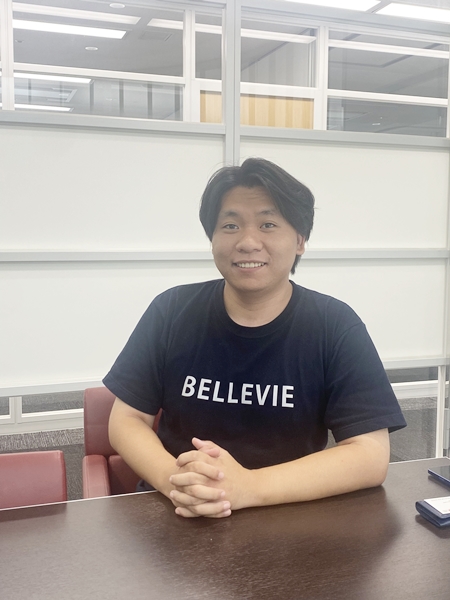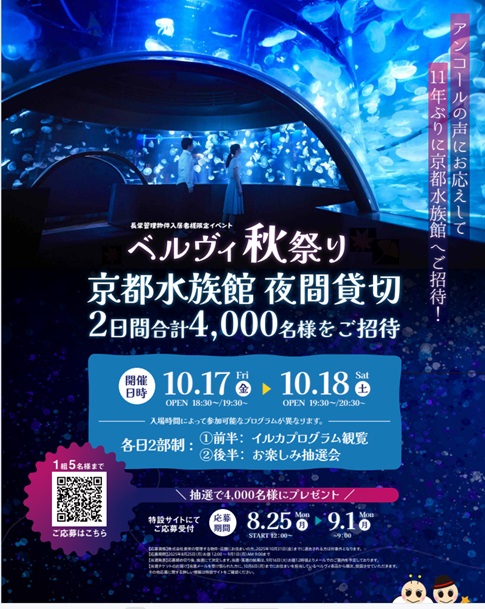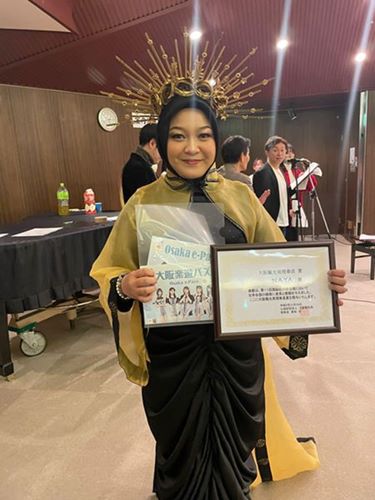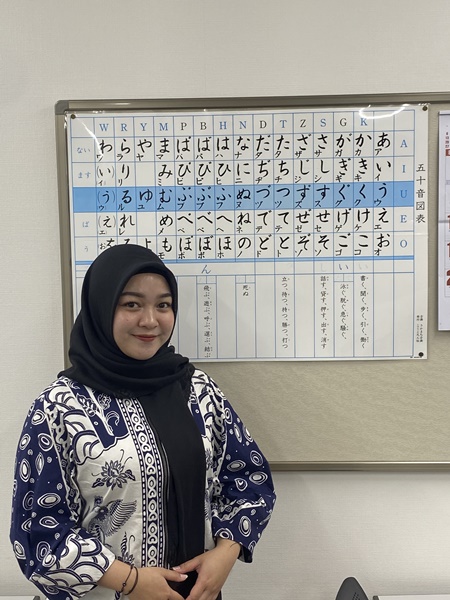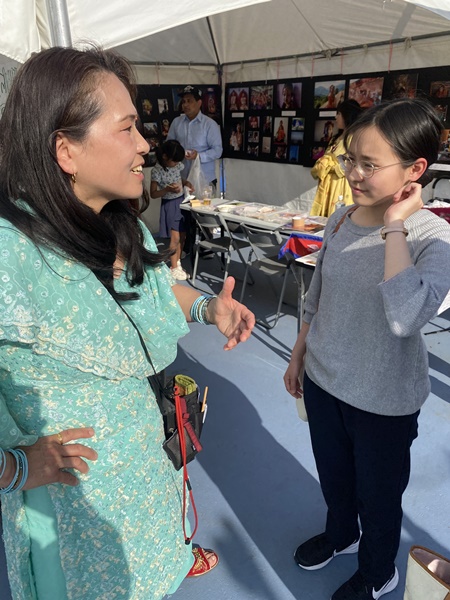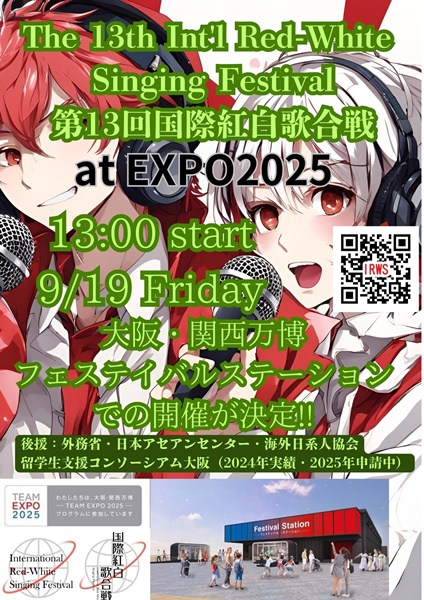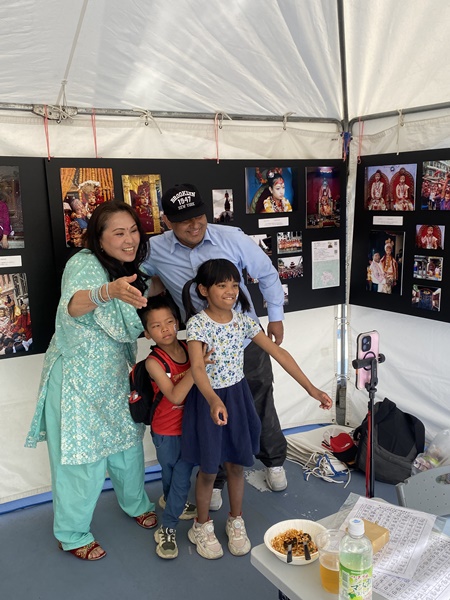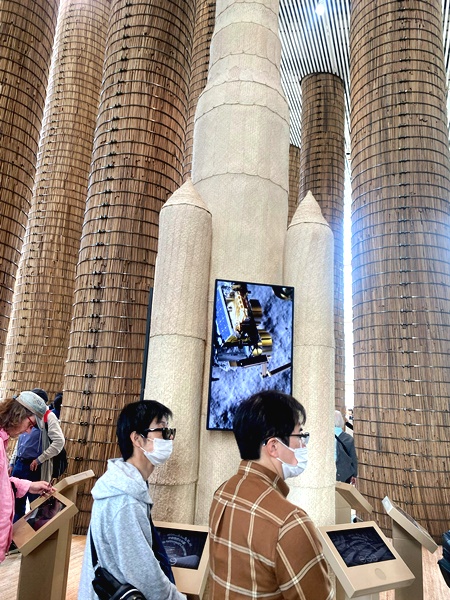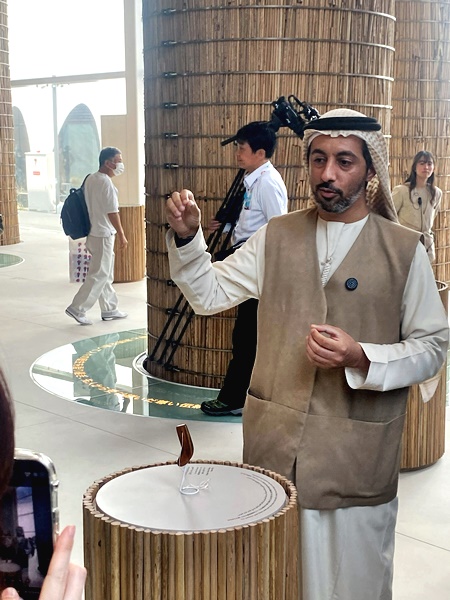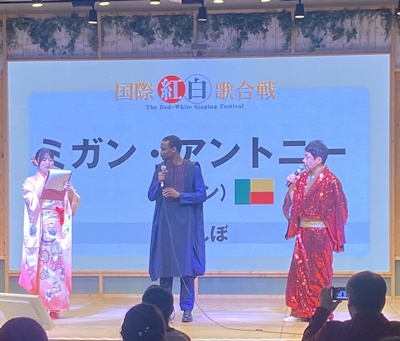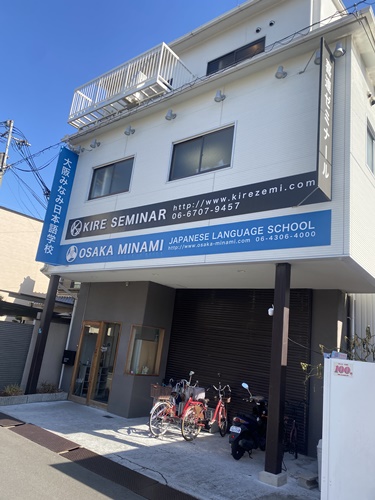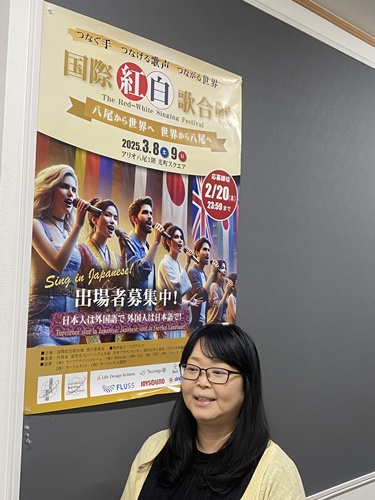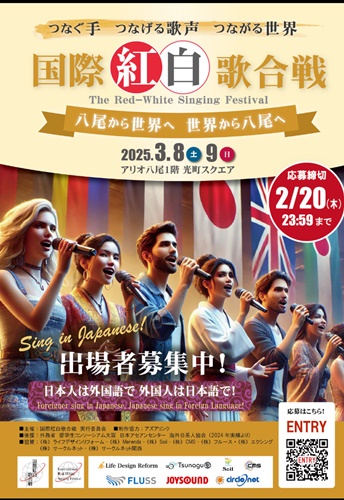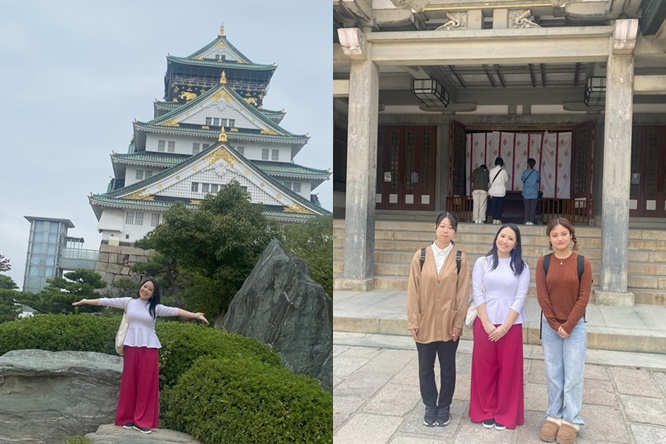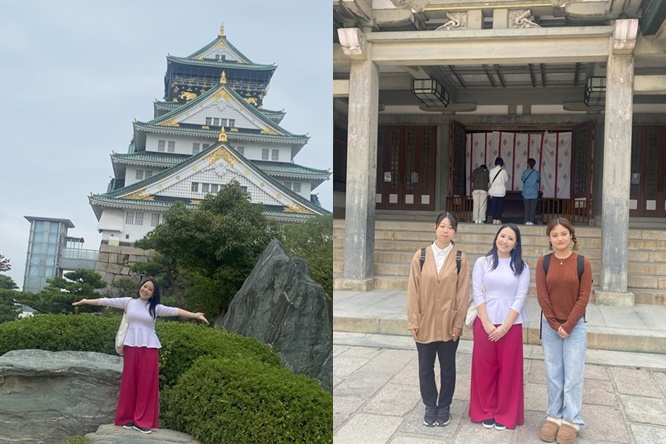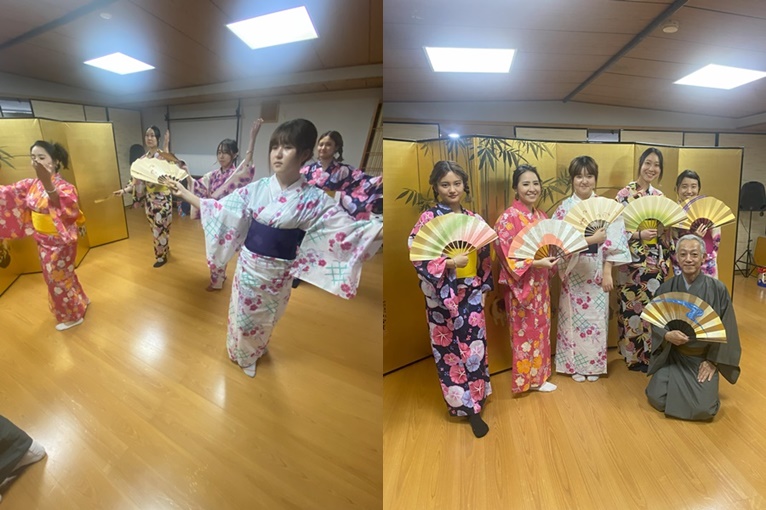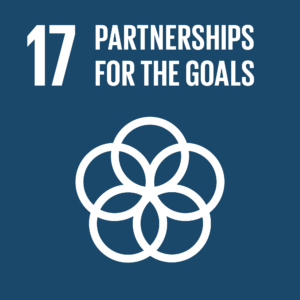"An Interview with the Mayor of Osaka City's Ikuno Ward Promoting Citizen Exchanges through 'Iwakyosei'
- 2025/10/18 23:03

"An Interview with the Mayor of Osaka City's Ikuno Ward Promoting Citizen Exchanges through 'Iwakyosei'
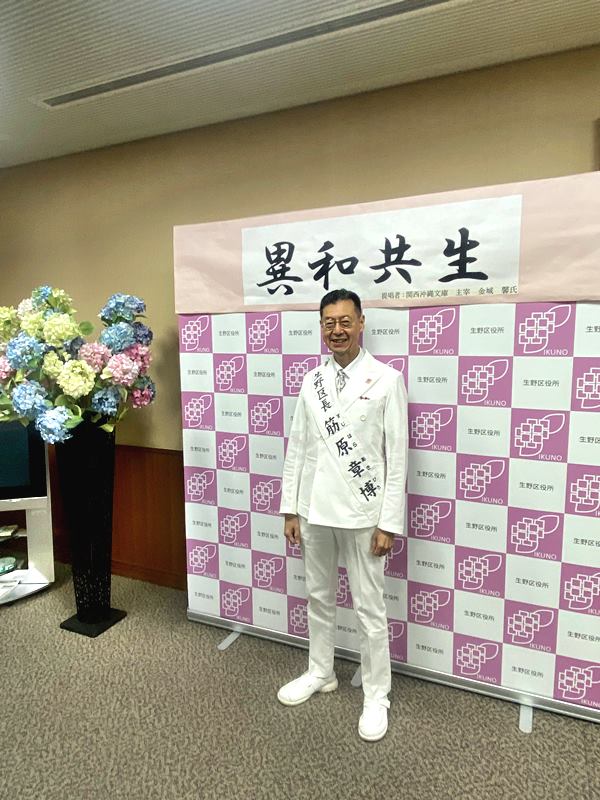
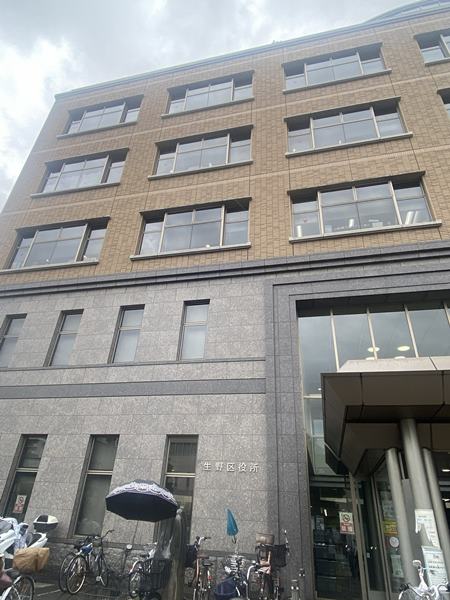
Mayor Akihiro Sujihara, born in February 1963 in Wakayama Prefecture, graduated from Osaka City University's Faculty of Commerce and joined the Osaka City government in 1985. After over 20 years of involvement mainly in port administration and serving as mayor of Taisho and Minato wards, he assumed office as the mayor of Ikuno Ward in April 2022. Ikuno Ward, known for its culturally diverse population, embraces the philosophy of "Iwakyosei", promoting community-building that respects cultural differences with cooperation. Also active as a singer, Mayor Sujihara is well-loved for his flexible thinking and warm leadership.
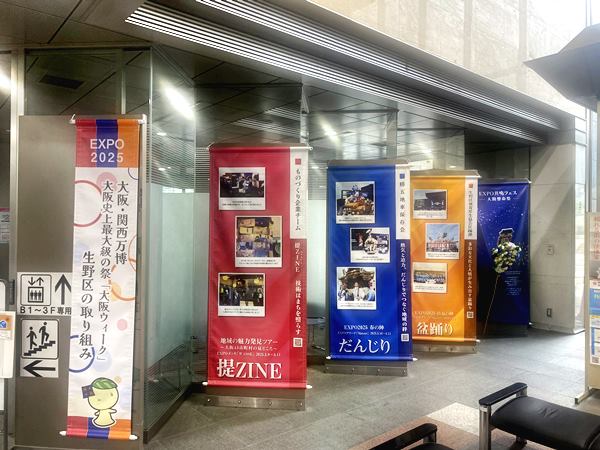
Q: Before becoming mayor of Ikuno Ward, you were also mayor of Taisho and Minato wards. In those roles, you reportedly promoted close citizen exchanges based on "Iwakyosei". Could you give examples?
A: In Taisho Ward, where many residents have roots in Okinawa, we leveraged this regional characteristic by fostering exchanges between Osaka and Okinawan cultures through traditional events. We revitalized the area known as "Little Okinawa" and organized industrial and cultural events, encouraging youth and local factories to participate. These efforts helped build an advanced regional model embracing cultural and value diversity to expand co-creation opportunities.
Q: What does "Iwakyosei" mean?
A: "Iwakyosei" is a concept proposed by Kaoru Kinjou, director of the Kansai Okinawa Library, and serves as the fundamental philosophy for community building in Ikuno Ward. It means "living together harmoniously while remaining different." Instead of forcibly removing walls between people, it emphasizes intentionally keeping those walls while stepping forward gradually from the gaps between them to increase mutual understanding and cooperation. On the other hand, "multicultural coexistence" often focuses on harmonizing differences and increasing commonalities to promote social integration.
Ikuno Ward is home to people from nearly 60 countries and regions, creating a multicultural community. Here, the approach is not eliminating walls for harmony but starting dialogue and exchange through gaps in those walls, emphasizing respect. Thus, "Iwakyosei" envisions living together on the premise of embracing conflicts, protecting minority cultures and backgrounds as diversity.
Specifically, residents connected to foreign countries, Japanese people, and residents participate together in community events and urban development activities. They create spaces to discuss discomfort and feelings of alienation, aiming for "a community where everyone has both a place to belong and a role to play," which is the goal of "Iwakyosei".
Q: What did Ikuno Ward do for regional revitalization around the time of the 2025 "Expo Osaka-Kansai"?
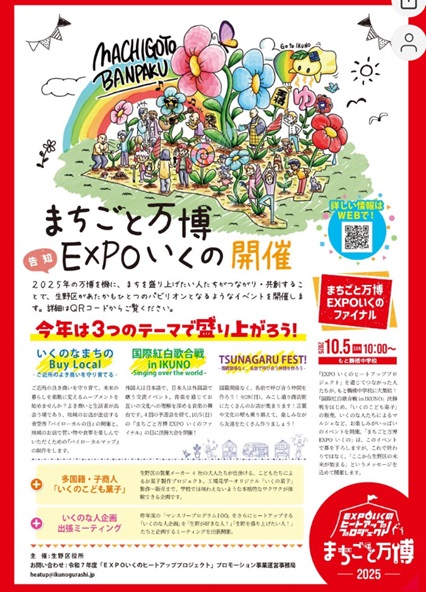

A: To coincide with the 2025 "Expo Osaka-Kansai", Ikuno Ward launched the "EXPO Ikuno Heat Up Project" grounded in the philosophy of "Iwakyosei". This project involved diverse stakeholders—residents, NPOs, businesses, shops, and creators—working together to energize the community and build sustainable urban development. The core initiative was the "Monthly Heat Up Project 100", which ran from September 15 to October 20, 2024, featuring about 100 events throughout the ward. These ranged from children’s workshops and music performances to fusions of traditional culture and new experiments, creating an inclusive environment that allowed people from diverse backgrounds to interact.
Moreover, the music event "International Red and White Singing Festival in IKUNO" was held, where multilingual participants sang in Japanese and foreign languages to foster exchange and realize the ideals of "Iwakyosei". This singing festival celebrated regional diversity and was a significant opportunity for building a community that values cultural differences while living together.
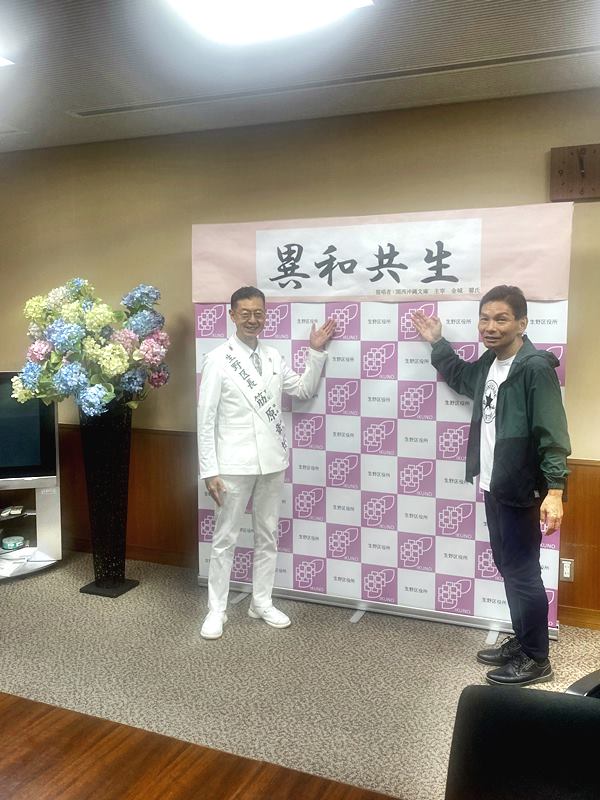
These efforts are based on the philosophy of "Iwakyosei", which differs from multicultural coexistence by acknowledging and embracing discomfort and friction rather than erasing them, thereby fostering community living. Ikuno Ward aims, with the 2025 Expo as a catalyst, to promote and share its unique culture of coexistence and enhance regional attraction and sustainable development. ( The editor of Globalcommunity, Kazumi Miyazaki)
